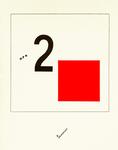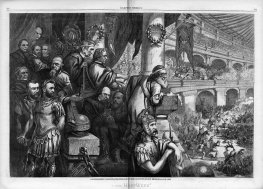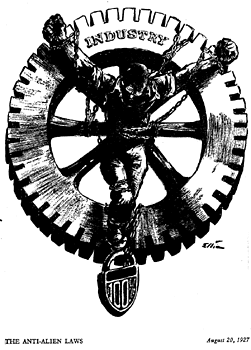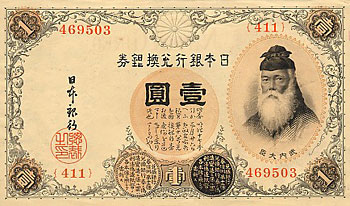| Graphic Arts
Some exceptional eye candy today.
About 2 Squares

About 2 Squares is a short picture book for children. It is also one of the most powerful expressions of revolutionary Communism and modern art. It deserves close and careful examination as we embark on a similar revolution from text on paper to electronic cyberspace.
[read more]
thanks to The Online Books Page
About 2 Squares + More About 2 Squares
El Lissitzky's first suprematist book is a story about how two squares, one red, one black, transform a world. It is Lissitzky's "scientific romance," an allegory of the fourth dimension and its effect on the three-dimensional world. When it was first published in Berlin in 1922, About 2 [Squares] presented a radical rethinking of what a book was, demonstrating a new way of organizing typography on a page and relating it to visual images. It marked the beginning of a new graphic art and is among the most important publications in the history of the avant-garde in typography and graphic design.
[read more]
----------
The World of Thomas Nast

Thomas Nast (1840-1902), perhaps the most important American political cartoonist of all time, is best known for his invention and development of popular symbols like the Republican Elephant, Democratic Donkey, a fat, jolly Santa Claus and a lean, goatee-wearing Uncle Sam.
Nast’s most important forum was Harper’s Weekly, the leading illustrated American periodical of the last half of the nineteenth century. HarpWeek has identified the 2200-plus cartoons that Nast drew for Harper’s Weekly—the first in 1859, the last in 1896, and the rest mainly between 1862 and 1886. They were instrumental in winning four presidential elections—for Abraham Lincoln in 1864, for Ulysses S. Grant in 1868 and 1872, and for Grover Cleveland in 1884.
Almost unknown is the influence that Nast’s cartoons had on two major European artists—Edgar Degas and Vincent van Gogh. Albert I. Boime, Professor of Art History at UCLA, has studied and published extensively on both impressionists, as well as on Nast and his influence on each of them.
[read more]
thanks to Andrew Abb at American Samizdat
----------
The Case of Sacco and Vanzetti in Cartoons from the Daily Worker

Hastily, as these cartoons go to press, the roasted bodies of Sacco and Vanzetti, still unburied, are placed in state in the "cultured" sity of Boston. The world is still ringing with the protests of workers and liberals against one of the foulest of the innumerable foul crimes of the capitalist class. Demonstrations continue to storm the doors of the American embassies and consulates in two hemispheres; and the American workers are preparing to perpetuate the memory of the two working class heroes who, innocent of any crime except the "crime" of fighting for the emancipation of humanity from capitalist oppression, were tortured for seven long years and finally murdered as a challenge to the revolutionary movement.
[read more]
thanks to The Online Books Page
----------
Ron Wise's Geographical Directory Of World Paper Money

thanks to MetaFilter |

